Phoebe M. R. DeVries, Fernanda Viégas, Martin Wattenberg & Brendan J. Meade "Aftershocks are a response to changes in stress generated by large earthquakes and represent the most common observations of the triggering of earthquakes. The maximum magnitude of aftershocks and their temporal decay are well described by empirical laws (such as Bath’s law and Omori’s law), but explaining and forecasting…
News
Unraveling the Stellar Content of Young Clusters
"CfA astronomers Rafael Martinez-Galarz and Howard Smith and their two colleagues have developed a new statistical analysis technique to address the problem of confused SEDs in clustered environments. Using the highest spatial resolution images for each region, the team identifies the distinguishable stars (at least this many are in the cluster) and their emission at those wavelengths." More at the…
Revisiting the Six City Study
"Last June, eight new Harvard-affiliated researchers revisited the study, using new technologies and innovations in statistical analysis and examining Medicare data—the largest and most public dataset available documenting the health of U.S. citizens—thus presumably averting renewed charges of secret science (an issue raised anew by current EPA administrator Scott Pruitt). Their findings breathe new life into the main conclusion…
Mapping Invisible Ocean Pollutants
Prof. Elsie Sunderland's lab seeks to build a picture of pollutants which threaten our oceans. “People struggle with this idea that we could impact planetary level processes. But we do. There’s irrefutable evidence on many, many scales that we’re changing the natural functioning of these ecosystems.” Read more in Harvard Magazine's full story
Accelerating Viscoelastic Calculations
Read more about how Brendan Meade's group used machine learning and the Odyssey cluster to accelerate large-scale viscoelastic calculations using neural net concepts at Harvard Magazine. Earthquakes Around the World - Harvard Magazine For a deeper dive, you'll find their paper describing the work at https://arxiv.org/abs/1701.08884 ABSTRACT: "One of the most significant challenges involved in efforts to understand the effects of repeated…
Air Pollution and Mortality in the Medicare Population
ABSTRACT - We constructed an open cohort of all Medicare beneficiaries (60,925,443 persons) in the continental United States from the years 2000 through 2012, with 460,310,521 person-years of follow-up. Annual averages of fine particulate matter (particles with a mass median aerodynamic diameter of less than 2.5 μm [PM2.5]) and ozone were estimated according to the ZIP Code of residence for…
A Language Out of Nothing
Searching for the nature of speech, sign, and universal grammar "Davidson’s work on sign languages spans the divide between applied and theoretical linguistics, contributing to both abstract debates about language in the mind and questions with immediate impacts on people’s lives. Harvard’s small but formidable linguistics department thrives on its interest in the union of theory and empirical research." Read…
Green Computing Today, Not Tomorrow
Harvard and FASRC believe in innovation and a sustainable energy footprint. From our green data center in Holyoke, MA to clean energy initiatives on campus, we are committed to improving the world around us. MGHPCC is our green data center in Holyoke, MA which was purpose-built to achieve sustainable, clean energy and cooling. The new solar array at 38 Oxford…
NESE: Large-Scale Extendable Storage
"As big data becomes a common analytical tool in fields from the sciences to the humanities, Harvard’s computer infrastructure experts are turning their attention to an increasingly pressing question: How do you manage it all? In recent years, Harvard invested in the Odyssey computing cluster, whose 60,000 CPUs provide the sheer computing horsepower needed to crunch big data. But as…
Teaching Computers to Identify Odors
"Using a machine-learning algorithm, [Prof. Venkatesh] Murthy and colleagues were able to “train” a computer to recognize the neural patterns associated with various scents, and to identify whether specific odors were present in a mix of smells. The study is described in a Sept. 1 paper in the journal Neuron." - Harvard Gazette Read more at The Harvard Gazette


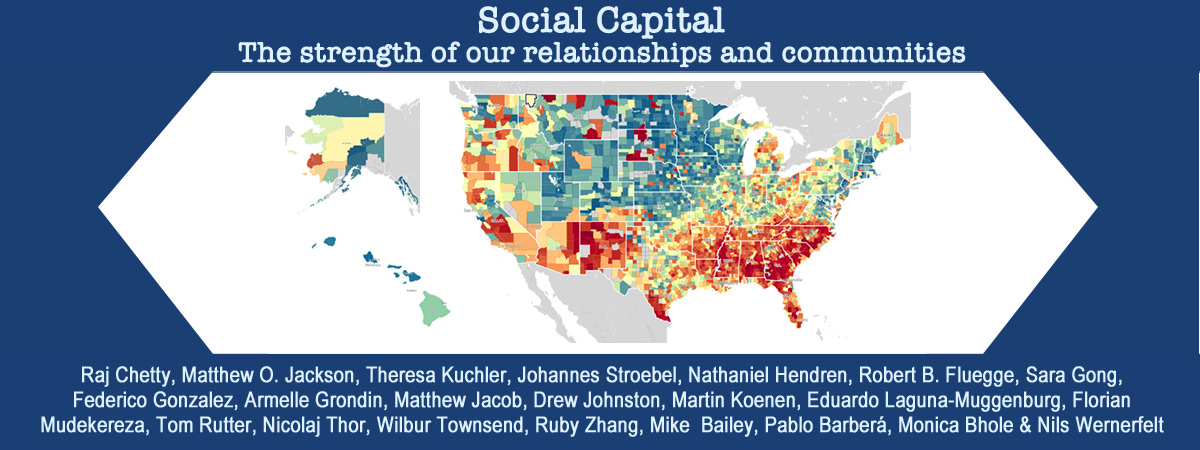
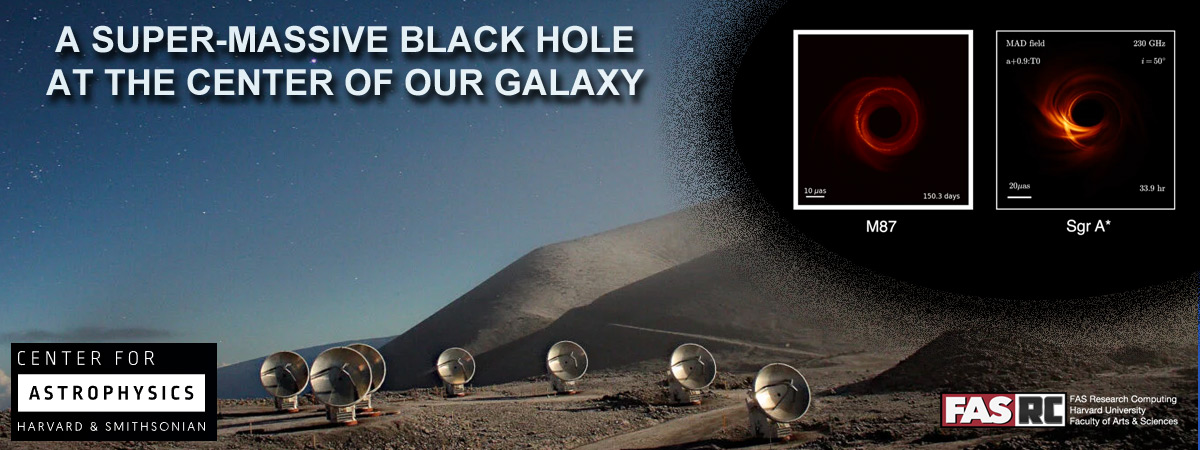
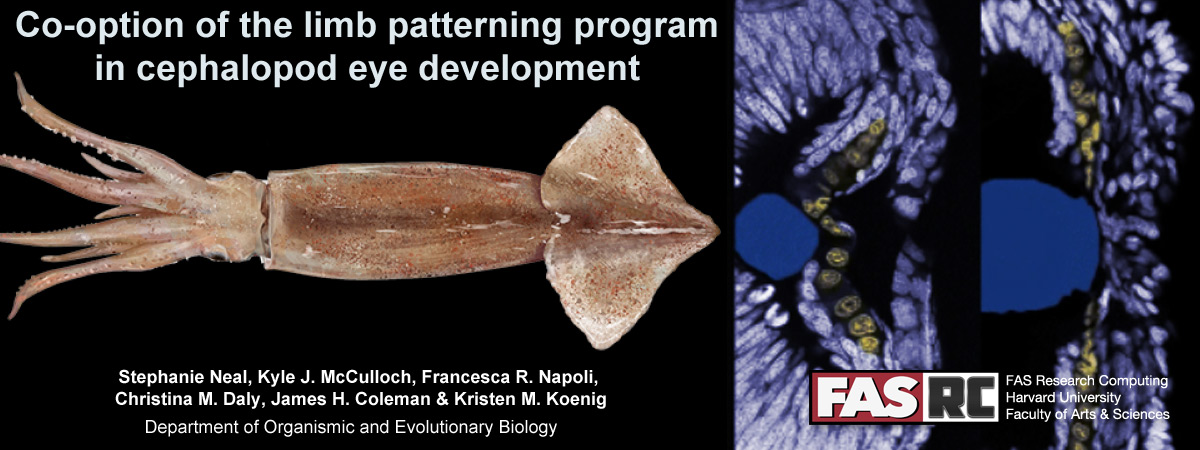
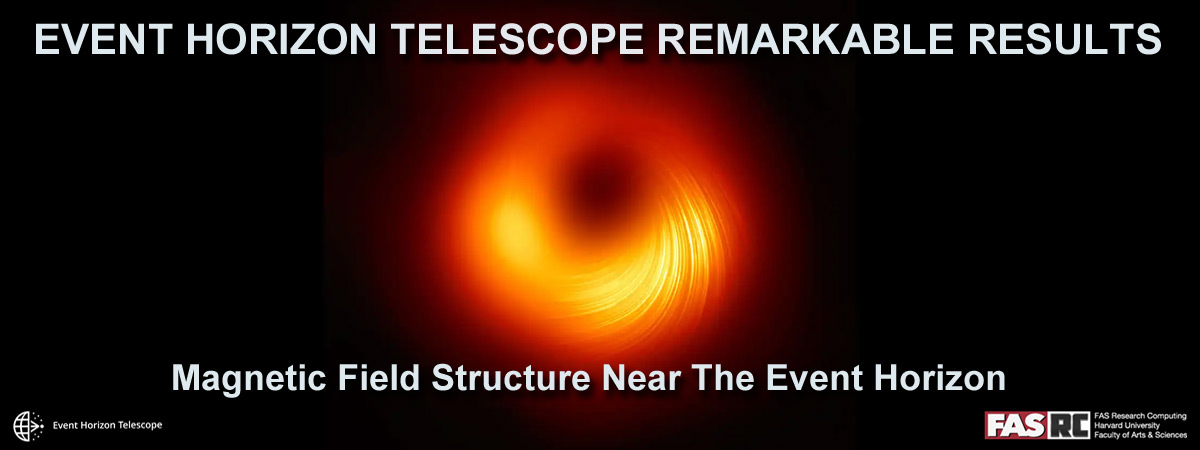

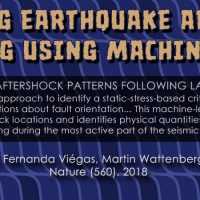
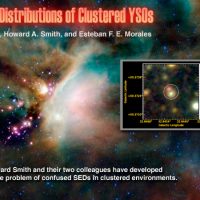
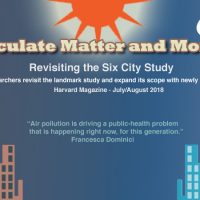
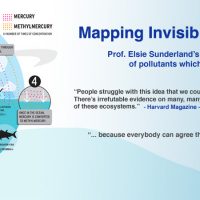


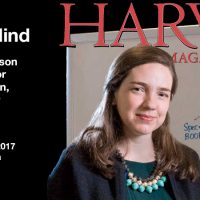



You must be logged in to post a comment.